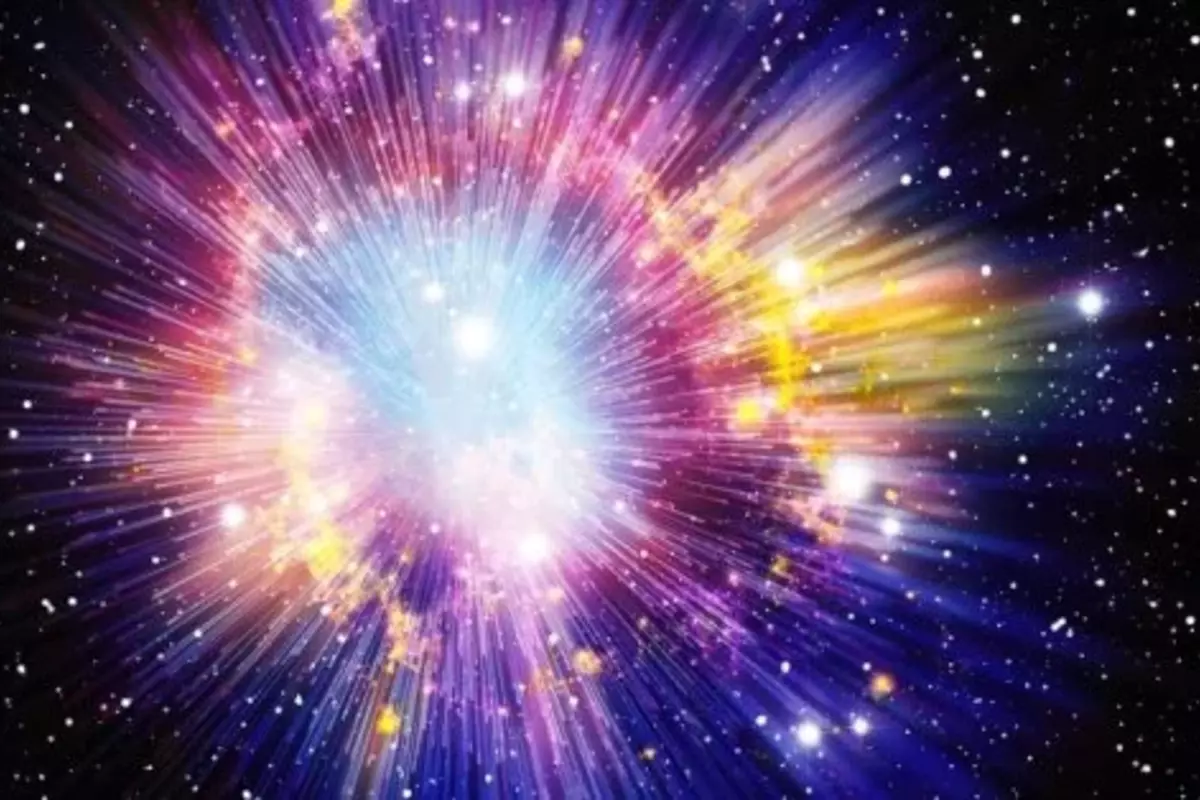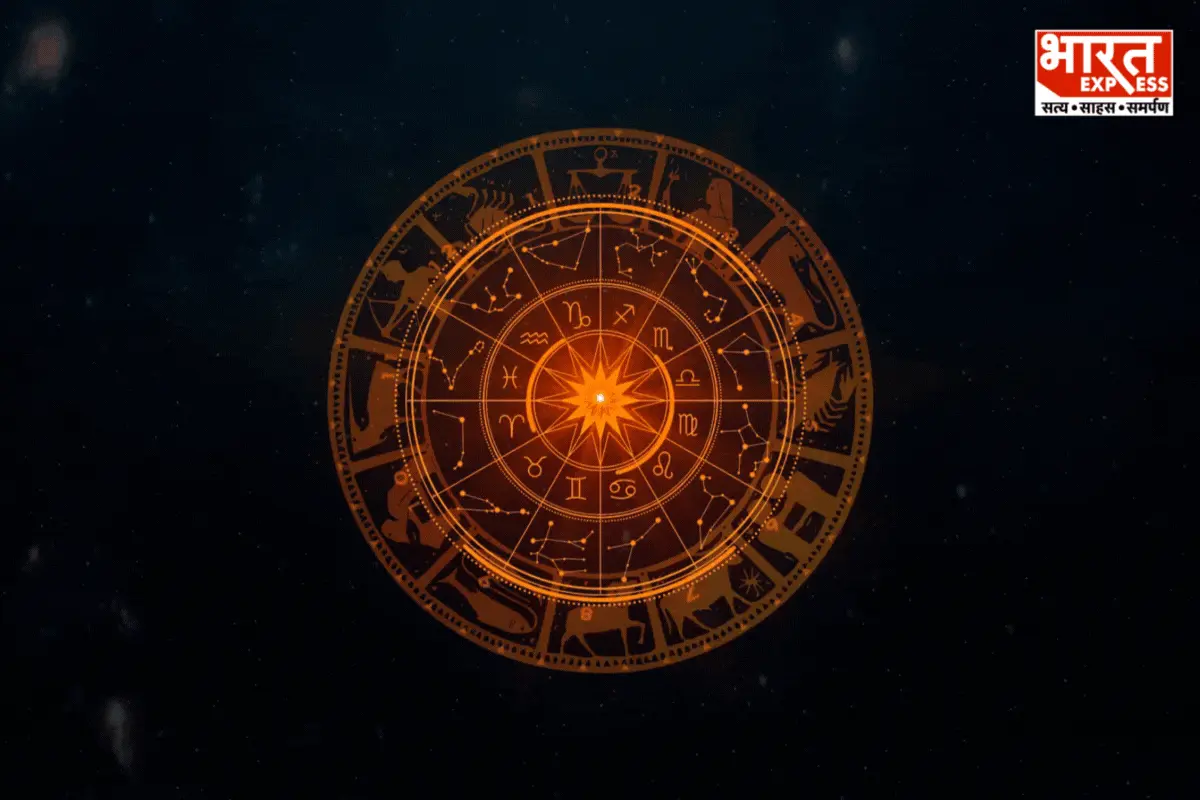
The universe as we know it began 13.8 billion years ago with the Big Bang. Many particle physics theories predict that for every amount of matter formed at the beginning of the universe, an equal amount of antimatter should have been created as well.
Like matter, antimatter has mass and occupies space. Antimatter particles, on the other hand, have the opposite qualities of matter particles. When matter and antimatter clash, they annihilate each other in a massive explosion, leaving only energy behind.
The perplexing aspect of theories predicting the production of an equal balance of matter and antimatter is that if they were correct, the two would have completely annihilated each other, leaving the cosmos empty.
So there had to be more matter than antimatter at the beginning of the universe since the universe isn’t empty – it’s full of matter-based objects like galaxies, stars, and planets. There is some antimatter around us, although it is quite rare.
The universe was hot, dense, and full of elementary particles like protons, neutrons, and electrons swirling around in a plasma in the first minutes following the Big Bang. Neutrinos, which are very small, weakly interacting particles, and antineutrinos, their antimatter counterparts, were also present in this pool of particles.
Physicists believe that the nuclei of light elements such as hydrogen and helium began to form just one second after the Big Bang. This is referred to as Big Bang Nucleosynthesis. The nuclei generated contained around 75% hydrogen nuclei and 24% helium nuclei, as well as trace amounts of heavier nuclei.
Helium was created in a two-step process in the early universe. First, through a sequence of reactions involving neutrinos and antineutrinos, neutrons and protons were transformed from one to the other. These processes ceased as the cosmos cooled, and the proton-neutron ratio was fixed.
As the universe cooled, protons and neutrons combined to make hydrogen, helium, and other elements. Helium has two protons and two neutrons, whereas hydrogen has one proton and no neutrons. So, the fewer neutrons accessible in the early universe, the less helium formed.
Because nuclei originated during the Big Bang, Scientists can deduce how many neutrinos and antineutrinos existed in the early universe by observing nucleosynthesis today. They accomplish this by focusing on galaxies rich in luminous elements like hydrogen and helium.
The examination of new helium-rich galaxy data has far-reaching implications: it can be used to explain matter-antimatter asymmetry. Asymmetry in neutrinos could propagate into an asymmetry in all matter via known and likely particle physics processes.
The Subaru Collaboration, a group of Japanese scientists working on the Subaru telescope, released data last year on 10 galaxies far beyond our own that are almost entirely composed of hydrogen and helium.
The Subaru scientists estimated how much helium existed in each of these ten galaxies using a technique that allows researchers to identify distinct elements from one another based on the wavelengths of light recorded in the observatory. They discovered less helium than the previously accepted hypothesis predicted.
The previously accepted hypothesis predicted that the early universe would have the same quantity of neutrinos and antineutrinos. When researchers altered this theory to predict the new data set, they discovered that the number of neutrinos was greater than the number of antineutrinos.
Also read: Scientists Say Earth Hasn’t Been This Hot In 120,000 Years
To read more such news, download Bharat Express news apps





















